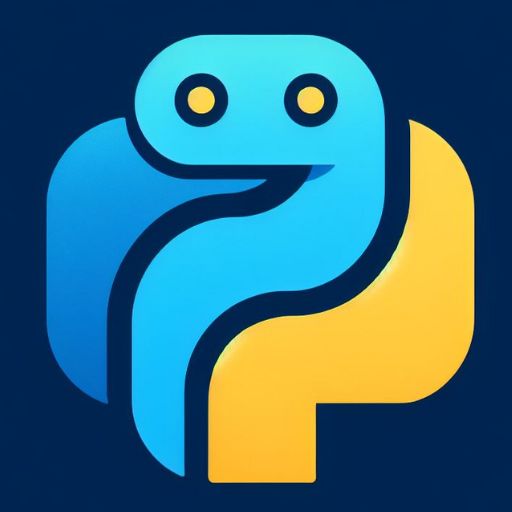
When it comes to making HTTP requests in Python, the request library is a popular choice among developers. It provides a straightforward and intuitive way to interact with web services, making it easier to retrieve and send data over the internet.
Whether you're building a web scraper, consuming APIs, or developing a web application, the request library simplifies the process of handling HTTP requests and responses. It is widely used and well-documented, making it a reliable and efficient tool for your Python projects.
----ADVERTISING----
Key features of the request library:
- Simplified API: The library offers a high-level API that abstracts the complexities of making HTTP requests. You can easily send GET, POST, PUT, DELETE, and other types of requests with just a few lines of code.
- Flexible Parameters: The library allows you to specify various parameters such as headers, query parameters, and request bodies, enabling you to customize your requests according to the requirements of the target API.
- Session Management: With the
requestlibrary, you can efficiently manage sessions, cookies, and authentication. This is particularly useful when dealing with APIs that require authentication or maintaining stateful interactions. - Error Handling: The library provides robust error handling capabilities, allowing you to handle different types of errors, such as timeouts, connection errors, and invalid responses, gracefully and efficiently.
- Extensive Documentation and Community Support: The
requestlibrary has comprehensive documentation, including a user guide and API reference, making it easy to get started and explore its capabilities. Additionally, the library has a large and active community of developers who provide support and share their knowledge.
To install the request library, you can use pip, the Python package installer. Open your terminal or command prompt and run the following command:
pip install requestsOnce installed, you can import the library into your Python script using the following line of code:
import requestsFor detailed information on how to use the
User
Start where it left
ChatGPT
request library, you can refer to the official documentation available at https://docs.python-requests.org/. The documentation provides examples, tutorials, and detailed explanations of the library's functionality.
Now, let's take a look at a simple example to understand how the request library works:
import requests
# Send a GET request to a URL
response = requests.get('https://api.example.com/data')
# Check the response status code
if response.status_code == 200:
# Request succeeded, retrieve the response content
data = response.json()
print(data)
else:
# Request failed, handle the error
print("Request failed with status code:", response.status_code)In the above example, we import the requests module and use the get method to send a GET request to the specified URL. We then check the response status code to determine if the request was successful (status code 200). If successful, we retrieve the response content in JSON format and print it. Otherwise, we handle the error by printing the status code.
As you can see, the request library abstracts the complexities of making HTTP requests and provides a clean and concise API for interacting with web services. It allows you to focus on the core logic of your application without getting bogged down in low-level details.
Whether you're making simple GET requests or dealing with more complex scenarios involving headers, authentication, or handling file uploads, the request library has you covered. It is widely adopted in the Python community and has proven to be a reliable and efficient choice for handling HTTP requests.
----ADVERTISING----
In conclusion, the request Python library simplifies the process of making HTTP requests in your Python projects. Its easy-to-use API, flexibility, and extensive documentation make it a valuable tool for developers. If you haven't already, give it a try in your next project and experience the convenience it brings to your HTTP interactions!
Thank you for reading our blog post about the request Python library. We hope you found it informative and useful. If you have any questions or suggestions, feel free to leave a comment below.
Some Other Popular Python Libraries and Frameworks
- NumPy
- Pandas
- TensorFlow
- Pytorch
- Flask
- SQLALchemy
- Scikit-Learn
- OpenPyXL
- Beautiful soup
- Celery
- Pytest
- Pygame
- Flask-RESTful
- Pillow
- OpenCV
- Gunicorn
- Twisted
- SQLAlchemy Alembic
Happy coding!


0 Comments